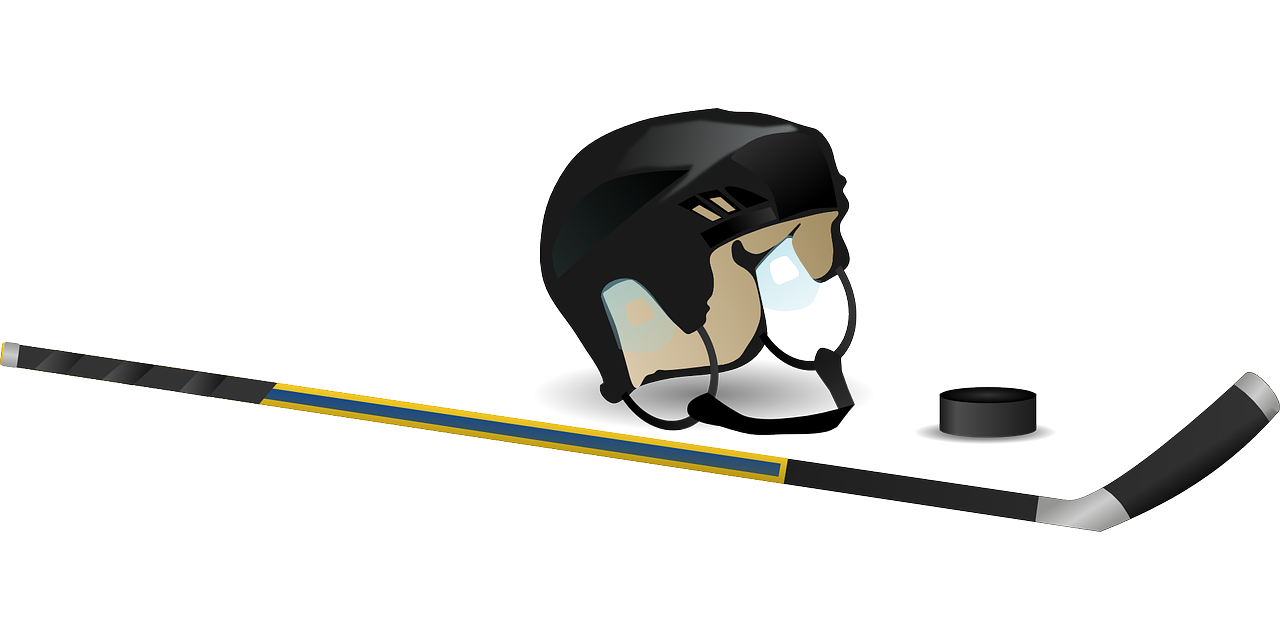“An ounce of prevention is worth a pound of cure.”
Wayne Douglas
Food for Thoughts

The Canadian medical genius, Dr. Hans Selye, through thousands of scientific studies, confirmed individuals react to every variety of stress in the same way, whether it be physical stress or mental stress. The pituitary gland at the base of our brain begins protective action by producing two hormones, ACTH and STH. This is the beginning of what Dr. Selye refers to as the “alarm reaction”, which varies with the intensity of the stress. Other glands begin producing different hormones, including cortisone. The body begins to break down protein into sugar, needed for energy. Our blood pressure goes up and our blood sugar rises. The pancreas will increase the production of insulin in order to control blood sugar levels. Prolonged stress causes other changes, minerals are drawn from our bones, fat is mobilised from storage depots, an abnormal amount of salt is retained as the body prepares for fight or flight.
At this point, if we calm down and relax, the body will eventually go back to a normal relaxed state and repairs to damaged tissues begin. If stress is constantly repeated, the thymus and lymph glands shrivel as their proteins are purposely destroyed to make sugar. Once these glands shrivel up, the body takes protein from blood, liver, kidneys, and other parts of the body to make more sugar. Our glands and organs become exhausted. When the pancreas is too depleted to make enough insulin, our blood sugar can no longer be reduced, and we experience the first signs of diabetes, which is just one of many symptoms of an exhausted body when proteins are necessarily stolen and not replaced, and our bones become weakened by the theft of calcium. Our body is slowly decaying and will continue to do so unless we can escape the stress and begin to relax.
It makes perfect sense for our body to react this way when we are in real danger. However, it is unhealthy and often life-threatening if our body goes into full blown defense mode when there is no danger. The problem is our body is easily fooled into thinking there is a real threat when there is none. When we watch a hockey game on television, our body is fooled into thinking we are physically involved in what we see, and it reacts accordingly. When we are watching a player racing towards the net to score a goal, our body reacts as if we are that player, and we experience an adrenalin rush as sugar is pumped into our blood. If we repeat this hour after hour and day after day, there comes a day when our body becomes exhausted. When the pancreas becomes depleted, it can no longer produce the insulin necessary to handle the excessive sugar in our blood. Eventually our cells are unable to take in any more sugar and insulin will have no effect on our blood sugar levels.

Unfortunately, to make matters worse, Nature has played a dirty trick on us. When adrenalin is pumped into our blood, sugar, along with endorphins, enter our bloodstream, which makes us feel good. All our problems and worries disappear. People become addicted to these sugar/endorphin rushes, and they go back for more. Not everything that feels good, or tastes good, is good for us.
Dr. Selye’s experiments were done in the laboratory on rats. Other researchers confirmed his findings by experimenting with human volunteers in prison. After being subjected to continual stress, prisoners had numerous symptoms of a decaying body. Some volunteers became too ill to continue with the experiment. When the prisoners were removed from stress and placed in quiet surroundings with plenty of fresh air, sunshine, mineral and vitamin supplements, along with an adequate diet, they eventually recovered. Adelle Davis, in her book, Let’s Get Well, explains what an adequate diet is. It is not pizza and beer.
For hundreds of years scientists had been warning about the health effects of tobacco products while movie stars and famous people were accepting money from tobacco companies to promote smoking. Smoking was big business and big money. Ordinary people on the street were being played for suckers. They willingly gave up their money in order to kill themselves. Social scientists have been telling us for generations, the problem is not tobacco, the problem is that people, for the most part, are very short sighted. If cigarettes killed us immediately, people could understand that they are poisonous. However, people have not been trained to see that a death after thirty or forty years of smoking was caused by cigarettes.
The same thing is happening today with adrenalin/endorphin rushes. People become addicted to this feeling of euphoria. They will watch exciting sports events, jump from aeroplanes, or ride a roller-coaster, in order to get a high. They do not realise; these continual up/down cycles will make them sick and may eventually kill them.

